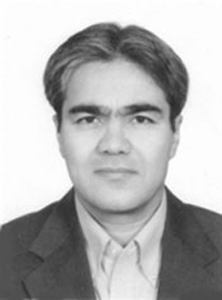Program Information
Dose Estimation in Lung Brachytherapy Using Voxelized Phantom 4DCT and MCNP
k Hadad*, N Zaker, Shiraz University, Shiraz, Fars
SU-E-J-172 Sunday 3:00PM - 6:00PM Room: Exhibit HallPurpose: The purpose of this study is to accurately estimate the difference between 4DCT and 3DCT dose estimation due to respiratory motion and free breathing.
Methods: A 10-phase 4DCT DICOM images of a patient, provided by the department of ?radiation oncology, University of Arizona, with a tumor in left lung is used to produce voxelized phantoms as input to MCNP. The voxelized phantoms are prepared with an in-house developed MATLAB program. The image resolution is 512x512 with voxel dimension of 0.9765625x 0.9765625 x 3 mm³.
The resolution of the voxel phantoms are reduced to half so that MCNP could handle the dosimetry calculation. 1 billion histories are used to achieve a relative error of less than 1 percent. Treatment planning for brachytherapy dose delivery is done based on the free-breathing data with 36 iodine-125 seeds implanted in the tumor, 2x2x1.8 cm³, to deliver 140 Gy to PTV. MCNP execution are performed on a 10 node cascade computer which compromises 10 processors of Intel Core i7, 3.4 GHz. MCNP execution for 10 phases takes a month to complete on the aforementioned platform.
Results: Comparing the dose estimation of 4DCT and 3DCT shows that 3DCT underestimates dose in lung and low density tissue regions. Meanwhile, 4DCT underestimates dose in the organ at risks, which is due to taking into consideration their movements by 4DCT dosimetry. The dose to segments of heart and spinal cord in the level of tumor are underestimated by 15% ?and 20% respectively. The dose to lung tissue is overestimated by 32% with 4DCT.
Conclusion: For an accurate treatment planning in lung brachytherapy, a 4DCT dose estimation is essential for optimum dose delivery.
Contact Email:


